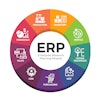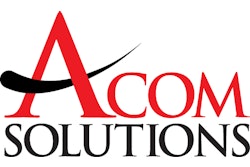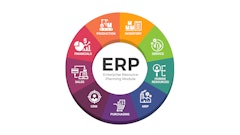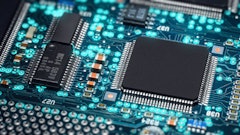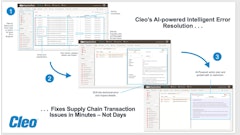IHL Consulting Group: RFID, POS systems in high demand as retailers face competition
Franklin, TN — March 16, 2004 — A rebounding economy combined with intense competitive pressures will prompt "category killer" retail stores to invest in significant technology upgrades over the next year, reported a new research study conducted by IHL Consulting Group.
According to IHL, category killers are large specialty hard-goods retailers that dominate their market segments, which include do-it-yourself, electronics, office supplies, books, furniture, sporting goods, pet supplies and toys.
"Category killers tend to be some of the shrewdest retailers in the business when it comes to making technology decisions," said Greg Buzek, president of IHL Consulting Group, an analyst firm and consultancy that serves retailers and retail technology vendors. "So we expect these chains to take advantage of low interest rates and better terms from vendors to invest in new technologies over the next 12 to 18 months."
Category killers typically are the first retailers to adopt new technologies, Buzek said. These stores need to appear high-tech to make a good impression on consumers. They also replace their point-of-sale (POS) terminals every four to five years, much faster than a typical store's replacement cycle of nine years.
Other areas of investment will be:
* Enterprise application integration (EAI), which will enable retailers to synchronize traditional store operations with Web and catalog sales. Buzek expects revenues of these technologies within the category killer segment to grow at high double-digit rates.
* Large-scale data warehouses, with increases of 25 to 40 percent. This will benefit vendors such as NCR, Oracle, Retek and IBM.
* Radio frequency identification, or RFID, which will be deployed in the next 12 to 18 months. Radio frequency tags can be embedded in products to replace standard bar-code technology. Replacing bar codes at the POS remains elusive because of the high cost of each RFID tag. But costs have come down enough for the technology to be used at the carton level for inventory tracking, sorting and distribution.
* Electronic shelf labels, which use radio frequency or infrared technologies to provide each item's stock-keeping unit number, description, weight or volume, price and price-per-measure. While stores find this technology attractive, it remains too expensive. Retailers appear to be waiting for the labels to fall below the $5 price point before investing.
These are just a few finding from the 112-page IHL market study, IT and the North American Category Killer, which is available immediately.
The report covers category killers in the United States and Canada, with key insights into the top 20 retailers based on sales. A profile of each company details its market, competitive position, IT hardware and software systems.
